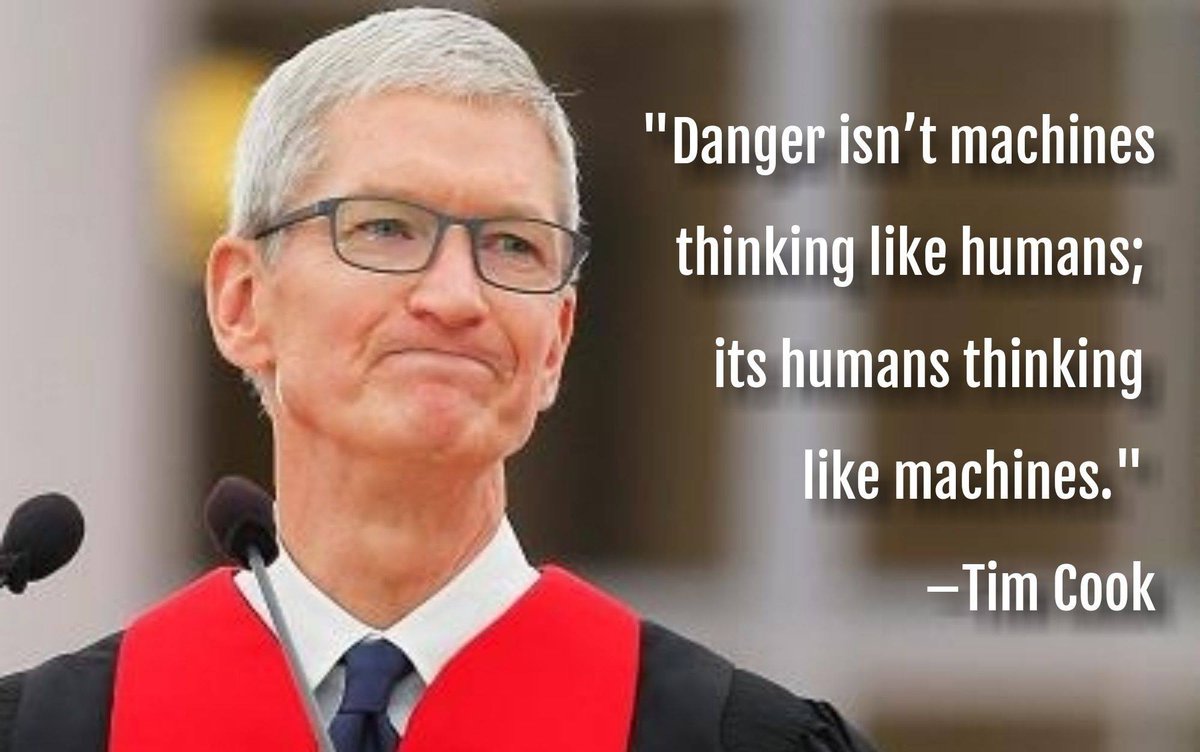"In the world of the future, automated perfection is going to be common. Machines will bake perfect cakes, perfectly schedule appointments and keep an eye on your house. What is going to be scarce is human imperfection.Em linha com "Pensado e fabricado por humanos, de carne e osso".
...
If you have a world where the amount of perfect products we can produce increases almost infinitely by using AI, robots and clean energy, we’ll end up with a surfeit of supply, which will push the supply curve far to the right. It will come along with demand curve and ultimately the price will decline.
.
What will be plentiful will be the perfect product. What will be rare will be imperfect products; the products that got touched by the human hand.
.
A little bit like Persian rug which are produced with error in them. The waivers believed that only god can produce perfection. We might start to value the things that are less perfect, from the ones that are, from the less scarcity value.
...
Human-made will be valuable — I can imagine going into a supermarket and seeing on the shelf products labeled “not touched at all by a robot or machine”.
This will be one part of the artisan economy—the economy in which humans will have the space to excel in experiential, discretionary, and intimate. Robots will take all those things that are of high risk, seek reliability, and are repetitive."
Mongo passa por isto, pela arte, pelas tribos, pela diversidade.
Trechos retirados de "There is one thing that computers will never beat us at"














%2006.21.jpeg)












